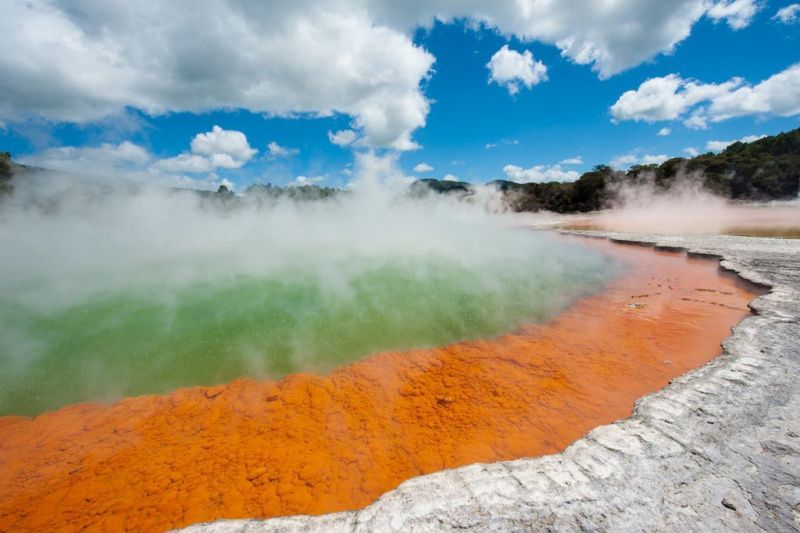Dairy Industry Faces Challenges Amidst Heatwave in New Zealand

Heatwave Strikes New Zealand's Dairy Industry
The weather in New Zealand has taken a drastic turn, leaving the region grappling with drought-like conditions. Just over a month ago, citizens were questioning the absence of summer. Now, following a period of favorable weather, these concerns have transformed into a serious drought predicament.
This month, Hamilton has witnessed a mere six millimetres of rainfall, leading to the imposition of water restrictions in urban areas. Rural landscapes are suffering, with grass ceasing to grow and the ground being reduced to mere dirt. Farmers, who once relied on steady grass growth for their livestock, now find themselves at a loss.
Water Restrictions and Agricultural Challenges
Southern Waikato, Hamilton City, and Waipā regions have escalated to Water Alert Level 1. Though there is a looming weather system predicted to bring rain, real relief remains elusive. As Metservice meteorologist Mmathapelo Makgabutlane reports, January's rainfall amounted to only a fraction of the previous year’s figures, with February projecting an equally dry forecast.
The reduced rainfall compounds the challenge, forcing farmers to curtail milking and consider selling livestock to manage the diminished food supply. Paddocks are barren and efforts to utilize effluent ponds for irrigation are proving futile. The drought follows an unusually dry spring, further compounding the situation as farmers scramble for supplementary feed like hay and silage.
Economic Impact and Industry Concerns
Matthew Zonderop, Federated Farmers dairy chair, describes the conditions as “biting,” highlighting the sporadic nature of rainfall and its alarming deviation from the norm. Keith Holmes, Waikato Federated Farmers president, acknowledges the region's shift into “drought mode,” with urgent discussions held among primary industry representatives to address the crisis.
Among the economic consequences is the potential impact on Fonterra’s latest forecast payout, which has risen by 50 cents to a midpoint of $10.00kg/MS. Farmers aiming to capitalize on the payout may find themselves in precarious situations as they offload cows and exhaust feed supplements. The Ministry for Primary Industries is monitoring the scenario closely, with advisory groups guiding possible declarations of drought.
As the dairy community looks skyward, the plea for rain intensifies amidst fears for the future sustainability of New Zealand's dairy sector.












